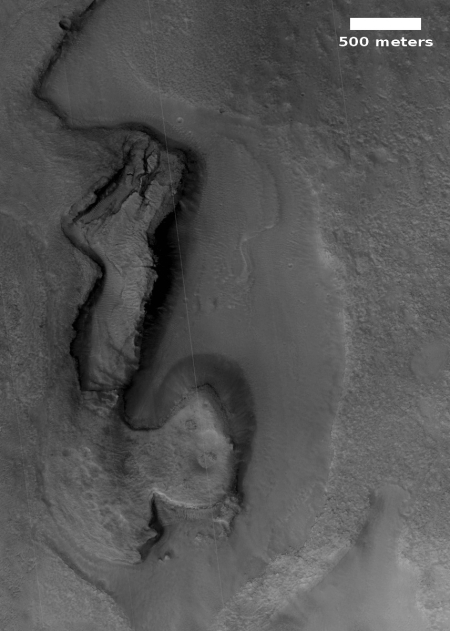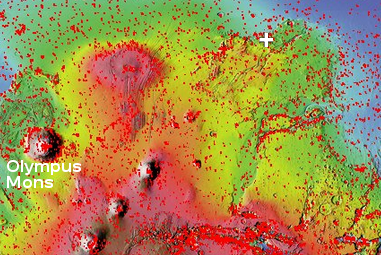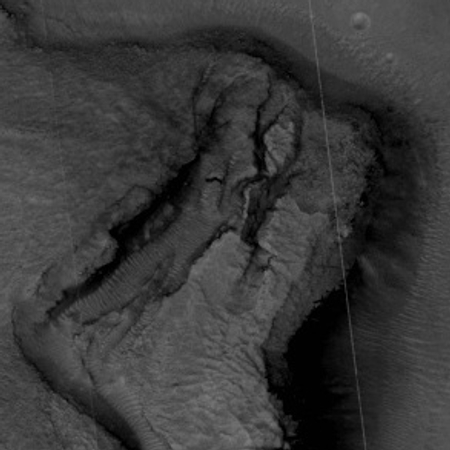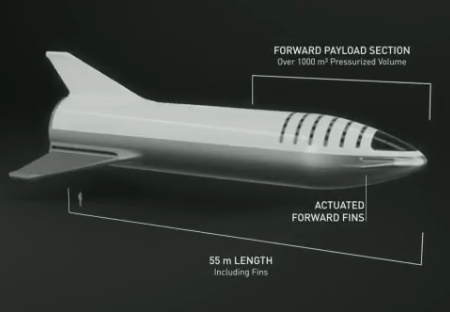Rocket Lab signs another satellite launch contract
Capitalism in space: Rocket Lab has signed another satellite launch contract, this time with the Luxembourg-based company Kleos Space.
US orbital launch provider Rocket Lab has signed a contract with Luxembourg-based satellite technology company Kleos Space to launch the scouting mission satellites that will geolocate maritime radio to guard borders, protect assets and save lives.
The multi-satellite system of the Kleos Scouting Mission (KSM) will form the cornerstones of a 20-system constellation that will geolocate VHF transmissions from marine vessels to provide global activity-based intelligence data as a service. The Kleos Space constellation will detect radio transmissions and pinpoint their origin and timing, enabling governments and organizations to detect activity such as drug and people smuggling, illegal fishing and piracy, and also identify those in need of search and rescue at sea.
The contract is for launches in mid-2019, which suggests that Rocket Lab is increasingly confident that it will be able to ramp up operations significantly once it makes its next two launches in November and December.
Capitalism in space: Rocket Lab has signed another satellite launch contract, this time with the Luxembourg-based company Kleos Space.
US orbital launch provider Rocket Lab has signed a contract with Luxembourg-based satellite technology company Kleos Space to launch the scouting mission satellites that will geolocate maritime radio to guard borders, protect assets and save lives.
The multi-satellite system of the Kleos Scouting Mission (KSM) will form the cornerstones of a 20-system constellation that will geolocate VHF transmissions from marine vessels to provide global activity-based intelligence data as a service. The Kleos Space constellation will detect radio transmissions and pinpoint their origin and timing, enabling governments and organizations to detect activity such as drug and people smuggling, illegal fishing and piracy, and also identify those in need of search and rescue at sea.
The contract is for launches in mid-2019, which suggests that Rocket Lab is increasingly confident that it will be able to ramp up operations significantly once it makes its next two launches in November and December.










